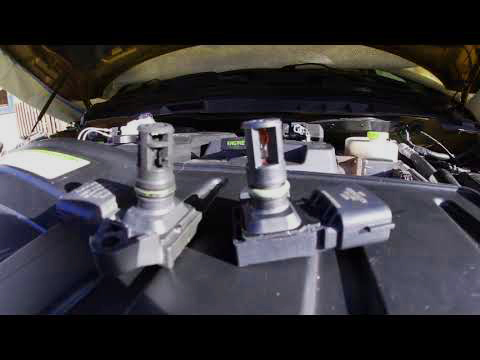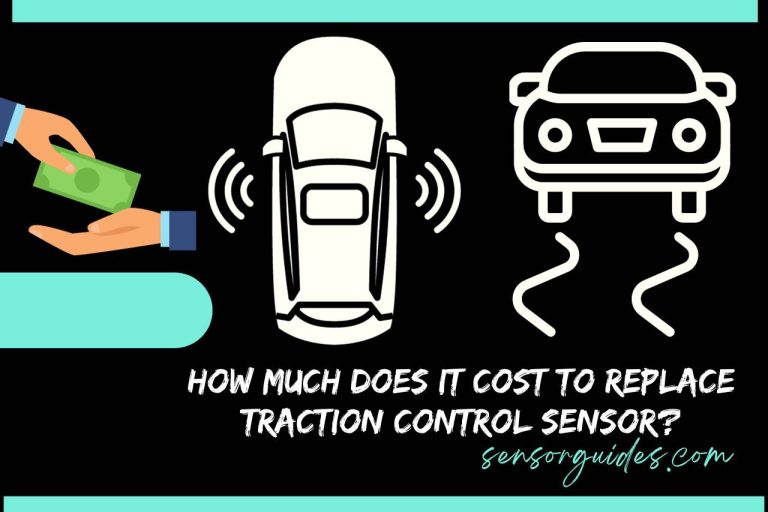What Is B14A1 Sunload Sensor Circuit Open? Everything You Need to Know
The B14A1 code signifies an issue with the sunload sensor circuit in a vehicle, often found near the windshield. This sensor gauges sunlight intensity and communicates with the car’s computer to regulate climate control and lighting. The code can result from a faulty sensor, damaged or loose wiring, a short circuit, or a malfunctioning computer.
Table of Contents
What causes B14A1?
The B14A1 trouble code is associated with issues in the sunload sensor circuit of a vehicle. There are several potential causes for this code, and I’ll explain each one:
- Faulty Sunload Sensor: The sunload sensor itself may be defective. This means it is unable to accurately measure the sunlight hitting the windshield, leading to incorrect data being sent to the vehicle’s computer. A malfunctioning sensor can trigger the B14A1 code.
- Loose or Damaged Wiring Harness: The wiring harness connecting the sunload sensor to the vehicle’s computer can become loose or damaged. Loose connections or exposed wires can disrupt the electrical signal, causing an open circuit and triggering the B14A1 code. Common issues include frayed wires, disconnected connectors, or corroded terminals.
- Short Circuit in Wiring: A short circuit can occur when two wires come into contact with each other where they shouldn’t, causing an unintended electrical path. This can disrupt the proper operation of the sunload sensor circuit and lead to the B14A1 code.
- Problem with the Vehicle’s Computer (ECU): Sometimes, the issue may not be with the sensor or wiring but with the vehicle’s computer or Engine Control Unit (ECU). If the ECU cannot properly interpret the data from the sunload sensor due to internal faults or software issues, it can trigger the B14A1 code.
- Environmental Factors: Extreme environmental conditions, such as very high or very low temperatures, can affect the performance of the sunload sensor. If the sensor is exposed to harsh conditions over time, it may develop problems or calibration issues, leading to the B14A1 code.
- Physical Obstructions: Any physical obstructions on or around the sunload sensor, like stickers, dirt, or objects placed on the dashboard, can interfere with its ability to accurately measure sunlight. This interference can result in an incorrect reading and trigger the B14A1 code.
In summary, the B14A1 code can be caused by a faulty sunload sensor, issues with the wiring harness or a short circuit, problems with the vehicle’s computer, environmental factors affecting the sensor’s performance, or physical obstructions interfering with its function. A thorough inspection of the sensor, wiring, and vehicle’s computer may be necessary, followed by appropriate repairs or replacements to diagnose and fix the issue.
B1261-FF, Sun Load Sensor Short Circuit To Ground; What To Do?
sensor guides
How to address B14A1 Sunload Sensor Circuit Open?
To address the B14A1 Sunload Sensor Circuit Open trouble code, follow these steps:
- Inspect the Sunload Sensor: Start by locating the sunload sensor near the front windshield on the dashboard. Ensure it’s securely attached and free from physical damage or debris.
- Check Wiring Harness: Inspect the wiring harness connected to the sunload sensor for any signs of damage, such as fraying, cracks, or loose connections. Repair or replace any damaged wiring.
- Reset the Code: If the sensor and wiring appear to be in good condition, you can try resetting the trouble code by driving your vehicle in direct sunlight. Sometimes, the sensor needs sunlight exposure to recalibrate itself. After driving in sunlight for a while, clear the code using an OBD-II scanner.
- Seek Professional Help: If the trouble code persists after resetting, or if you’re unable to diagnose and resolve the issue yourself, it’s advisable to consult a qualified mechanic or technician. They can perform a more in-depth diagnosis, including checking the vehicle’s computer (ECU) for any faults related to the sunload sensor circuit.
- Preventative Maintenance: To prevent future occurrences of this code, regularly clean the sunload sensor to keep it free from dirt and debris. Also, inspect the wiring harness periodically for any signs of wear or damage.
Addressing the B14A1 code typically involves simple checks and potential sensor recalibration. However, if the issue persists, consulting a professional mechanic is essential for a thorough diagnosis and repair. vehicle’s computer may be necessary, followed by appropriate repairs or replacements.
Is A Sun Load Sensor A Thermistor?
Sensor guides
How do you test a Sunload sensor?
Testing a sunload sensor involves a few steps to ensure it’s functioning correctly. Here’s a general procedure to test a sunload sensor:
Tools and Materials Needed:
- Multimeter (set to measure resistance or voltage)
- Strong flashlight or a bright light source (e.g., sunlight)
- Safety glasses (optional)
Procedure:
Locate the Sunload Sensor: The sunload sensor is typically located on the dashboard near the front windshield. It’s a small, often round or rectangular device with a lens facing the windshield.
Visual Inspection: Inspect the sensor for physical damage, cracks, or any obstructions like stickers, dirt, or objects that may block its view of the windshield. If there are obstructions, remove them.
Method 01 – Resistance Test (Ohmmeter):
- Disconnect the electrical connector from the sunload sensor.
- Set your multimeter to measure resistance (ohms).
- Place the multimeter’s probes on the sensor’s terminals (positive and negative).
- Note the resistance value.
The resistance reading should change as you expose the sensor to varying levels of light. The resistance should decrease in bright light, and in darkness or shade, it should increase. If the resistance doesn’t change or remains infinite (open circuit), the sunload sensor may be faulty and should be replaced.
Method 02 – Voltage Test (Voltmeter):
- Reconnect the electrical connector to the sensor.
- Set your multimeter to measure voltage (volts).
- Turn on the vehicle’s ignition (do not start the engine) to provide power to the sensor.
- Measure the voltage between the sensor’s positive terminal and a known good ground (like the vehicle’s chassis).
- Shine a strong flashlight or direct sunlight onto the sensor.
- Observe the voltage reading.
The voltage should change as you expose the sensor to varying levels of light. The voltage should increase in bright light, and in darkness or shade, it should decrease. If the voltage doesn’t change or remains constant, the sunload sensor may be defective.
Method 03 – Functional Test
To perform a functional test, you can drive the vehicle in direct sunlight and monitor the sensor’s output through a diagnostic scanner or tool that can read live sensor data. If the sensor is working correctly, you should see the readings change as the sunlight intensity varies. If there’s no change, the sensor may need replacement.
If the sunload sensor fails any of these tests or doesn’t respond as expected, it’s a good indication that it’s malfunctioning and should be replaced to resolve issues related to the B14A1 trouble code or problems with the climate control system and lighting adjustments.
2014 Nissan Pathfinder Sun Load Sensor Location And Symptoms






